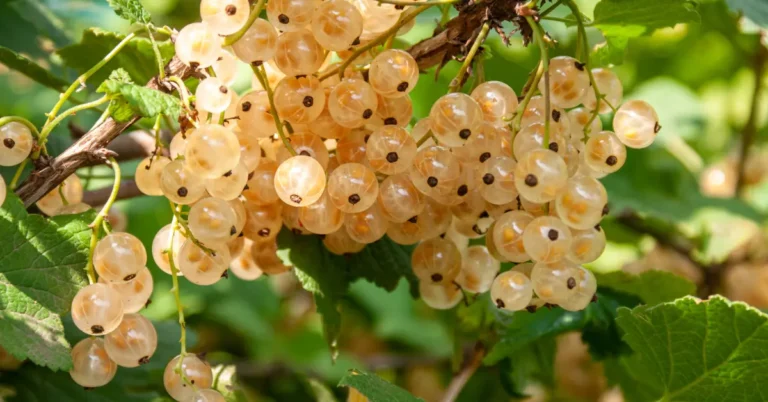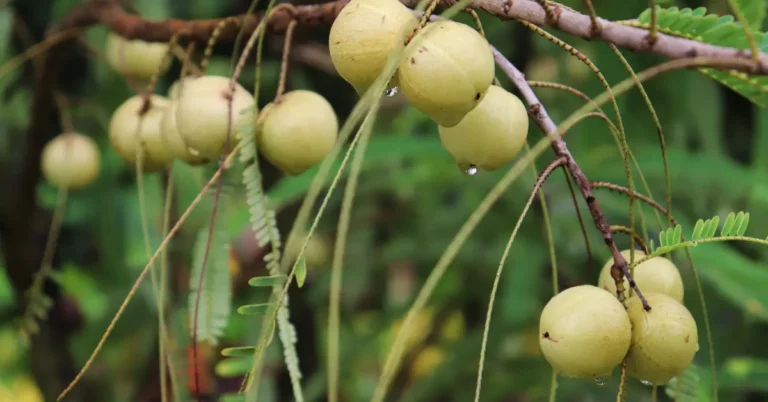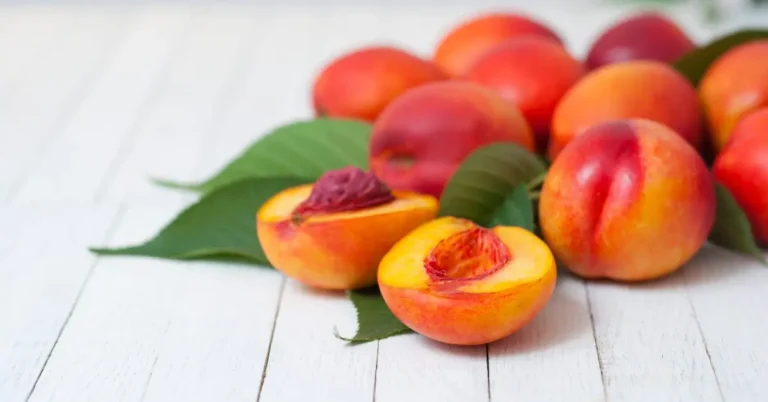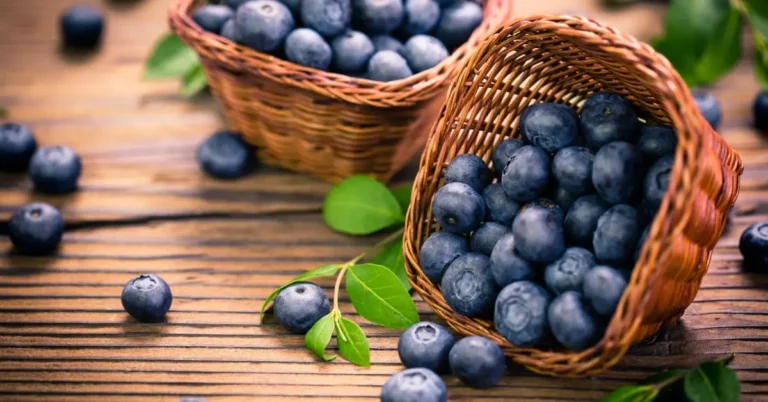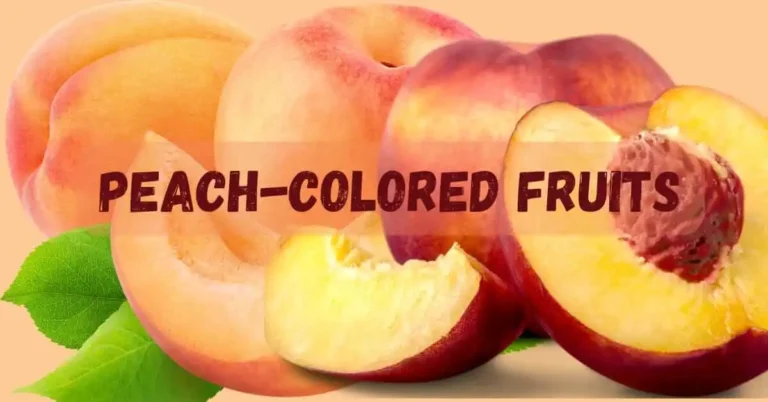17 Fruits That Start With L
We often think of common fruits like apples, bananas, and oranges. However, the world of fruits is vast and diverse, with many exciting varieties you may have never heard of before. This article will explore a list of fruits that start with L. From exotic tropical fruits to familiar favorites, more than 17 fruits that start with L.
List Of Fruits That Start With L
Here is a list of 17 fruits that start with L.
1. Lemon
Let’s start with one we are all familiar with – the lemon. This bright and tangy fruit is a rich vitamin C source known for its antioxidant properties. Lemons are native to Asia and were introduced to Europe in the 15th century. They are widely used in cooking and for making lemonade and other refreshing drinks.
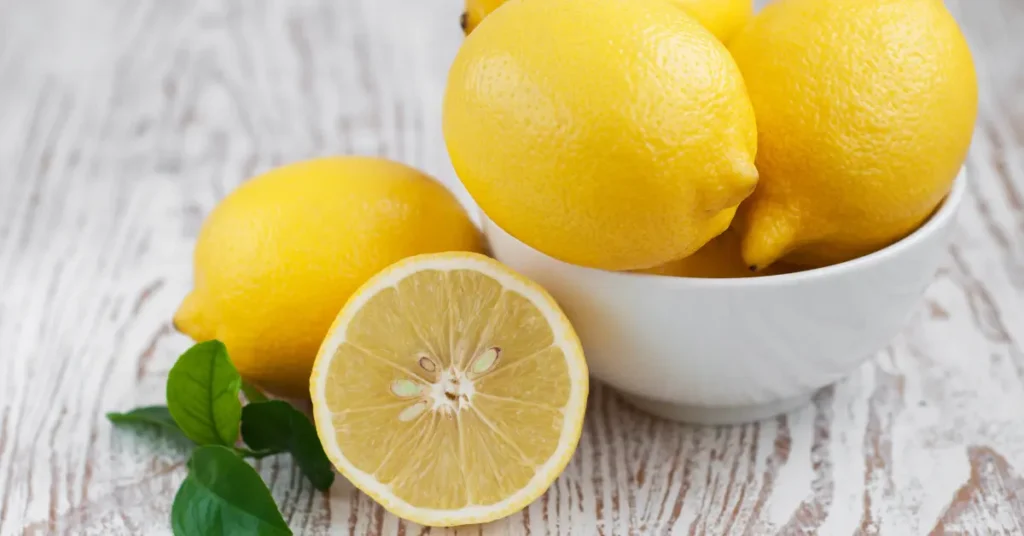
2. Lime
Like lemons, limes are also a common citrus fruit. They are smaller and greener in color compared to lemons and have a tangy, acidic taste. Limes are also rich in vitamin C and are widely used in cooking and making cocktails. They are native to Southeast Asia but are now widely cultivated worldwide in tropical and subtropical regions.
3. Lychee
Lychee is a tropical fruit native to China, where it has been cultivated for thousands of years. It has rough, pinkish-brown skin and sweet flesh rich in vitamin C and antioxidants. Lychees are often eaten fresh or used in desserts and drinks. They are also a popular ingredient in traditional Chinese medicine.
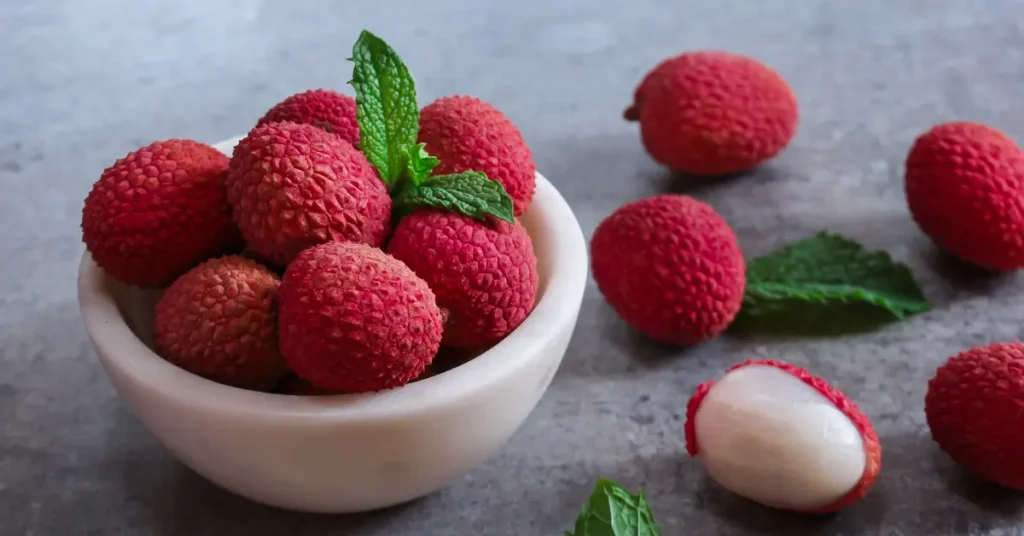
4. Longan
Also native to China, longan is another tropical fruit that starts with L. It has a small, round shape with brown, leathery skin. The flesh is similar to lychee but with a milder flavor. Longan is often eaten fresh but can also be dried and used in Chinese soups and desserts. It is a rich source of vitamin C and minerals such as iron and potassium.
5. Loquat
Loquat is a fruit native to China and Japan, and it has been cultivated for over a thousand years. It has a pear-like shape with fuzzy skin, and the flesh is sweet and slightly tangy. Loquats are an excellent source of dietary fiber, vitamins, and minerals. They can be eaten fresh, cooked, or made into jams and preserves.
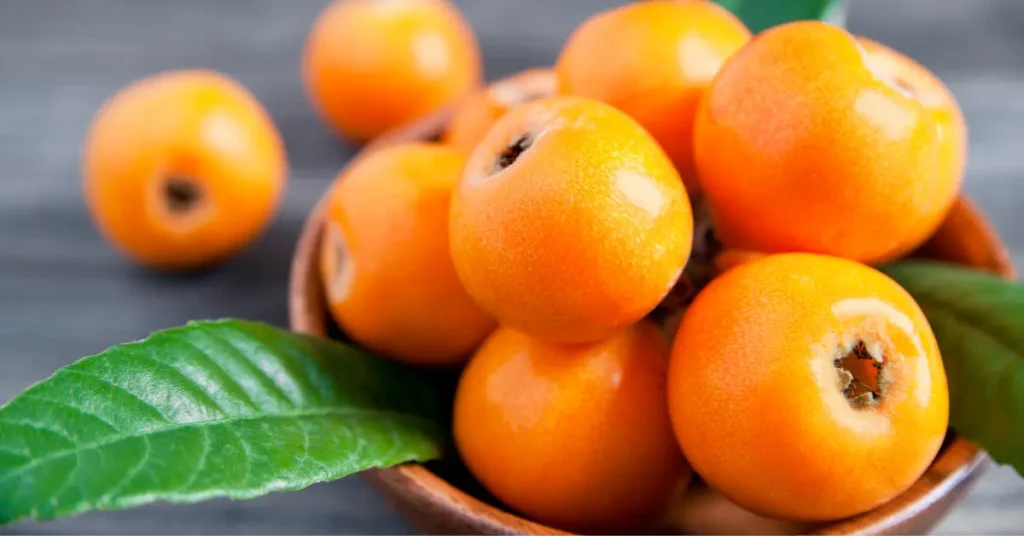
6. Limequat
As the name suggests, limequat is a hybrid of a lime and a kumquat. The fruit has a thin, edible skin and a tart, juicy flesh. It is a good source of vitamin C and antioxidants. Limequats are often used in cooking and making drinks and are also popular as ornamental plants.
7. Lingonberry
Lingonberry is a redberry native to northern Eurasia and North America. It has a tart, slightly sweet taste and is often used in jams, sauces, and desserts. The berries are also rich in antioxidants and are thought to have many health benefits. They can be eaten fresh, dried, or in juice or syrup.
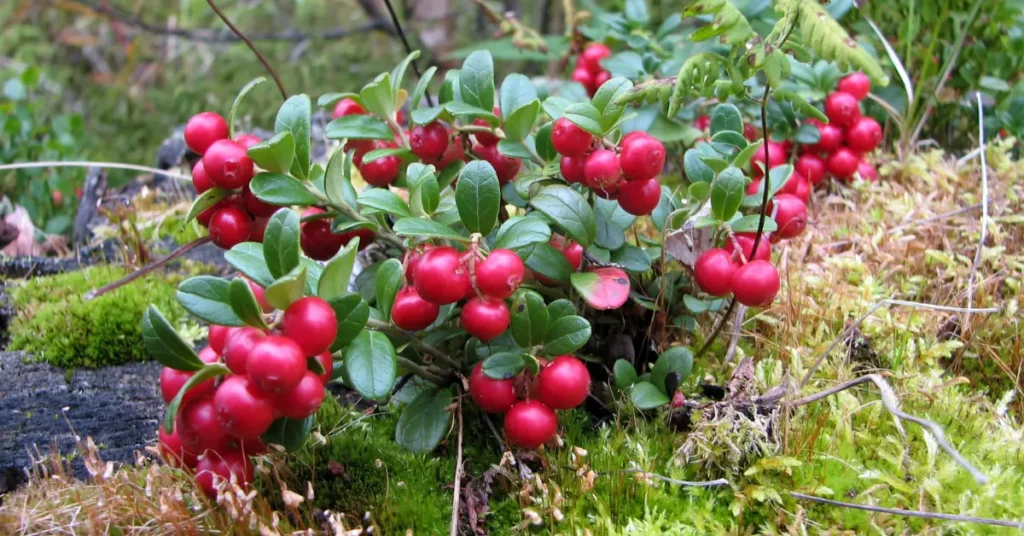
8. Loganberry
Loganberry is a hybrid fruit of blackberry and raspberry. It has a deep purple color and a slightly tart taste. The fruit is highly antioxidants and is often used in jams, jellies, and pies. Loganberries are also popular in fruit-based desserts such as cobblers and crumbles.
9. Langsat
Langsat, also known as lanzones, is a tropical fruit native to Southeast Asia. It has a small, round shape with thin, yellowish skin and juicy, sweet-sour flesh. The fruit is high in vitamin C and can be eaten fresh, cooked, or made into jams and preserves. Langsat is also believed to have medicinal properties and is used in traditional medicine to treat various ailments.
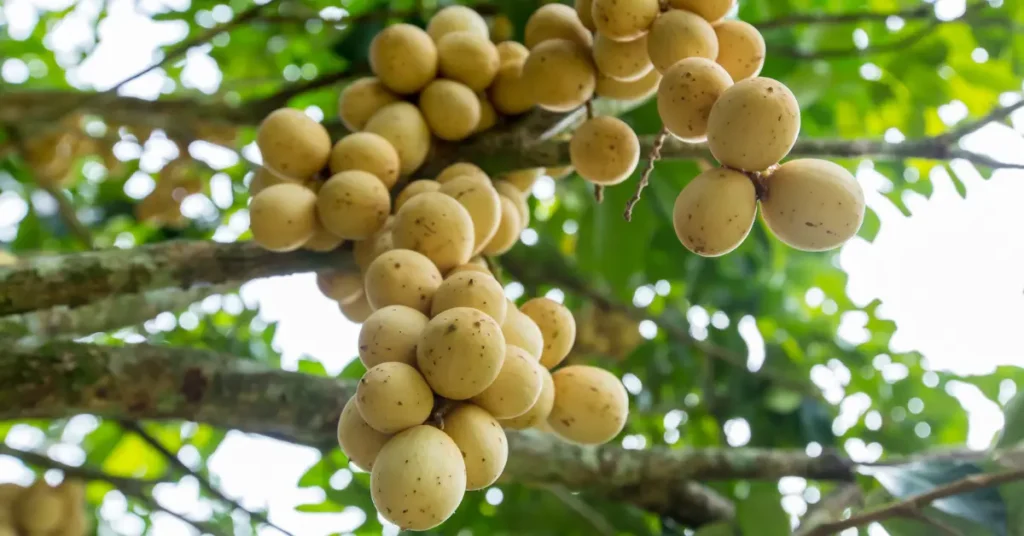
10. Lucuma
Lucuma is a fruit native to the Andean region of South America. It has a green, round shape and a bright orange flesh that is sweet and creamy. The fruit is a good source of vitamins and minerals and is often used in smoothies, desserts, and ice cream. Lucuma is also believed to have health benefits, such as improving digestion and boosting immunity.
11. Lulo
Lulo, known as naranjilla, is a tropical fruit native to Colombia, Ecuador, and Peru. It has a yellowish-green skin and tart, juicy flesh with seeds similar to passion fruit. Lulo is rich in vitamins, minerals, and antioxidants and is often used in juice, jams, and smoothies. The fruit is also believed to have anti-inflammatory and anti-cancer properties.
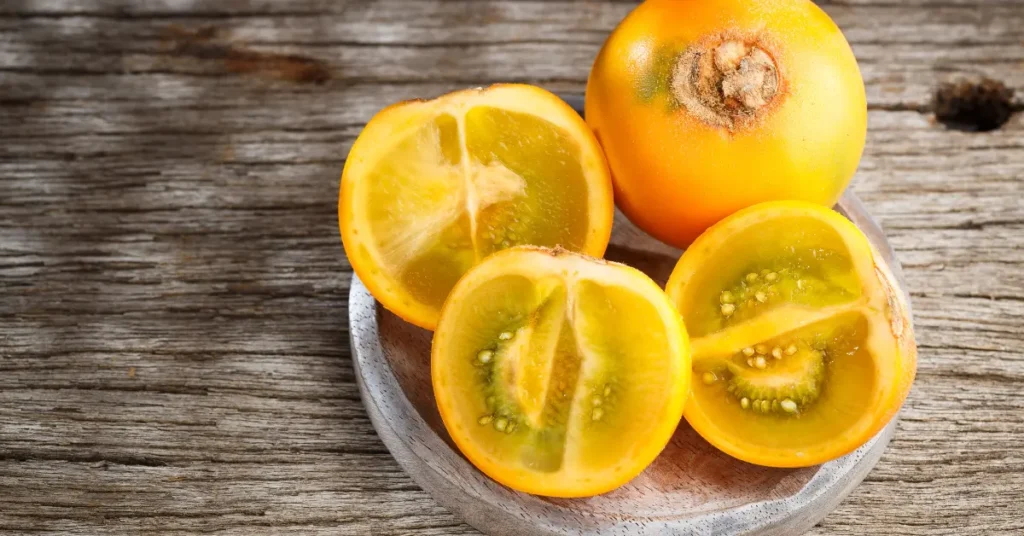
12. Lemon Drop Melon
Lemon drop melon, or pepino melon, is a fruit that starts with L and looks like a cross between a pear and a melon. It has a yellowish, smooth skin with purple stripes and a juicy, sweet flesh. Lemon drop melon is believed to have originated from the Andes region of South America and is now cultivated in many other countries. It can be eaten fresh or used in salads, smoothies, and desserts.
13. Lakoocha
Lakoocha, also known as monkey fruit, is a tropical fruit native to Southeast Asia. It has a large, round shape with bumpy, green skin and fibrous, yellow flesh. The fruit is rich in vitamins and minerals and is often used in cooking, particularly in curries and stews. The seeds and pulp of the fruit are also used in traditional medicine for treating various ailments.
14. Luffa
Luffa, also known as sponge gourd, is another fruit that starts with L and is native to Asia. It has a long, cylindrical shape with thick, green skin. Luffa is widely cultivated for its fibrous interior and used as a sponge in various household and cosmetic products. The young fruits can also be eaten as a vegetables and have a mild flavor similar to zucchini.
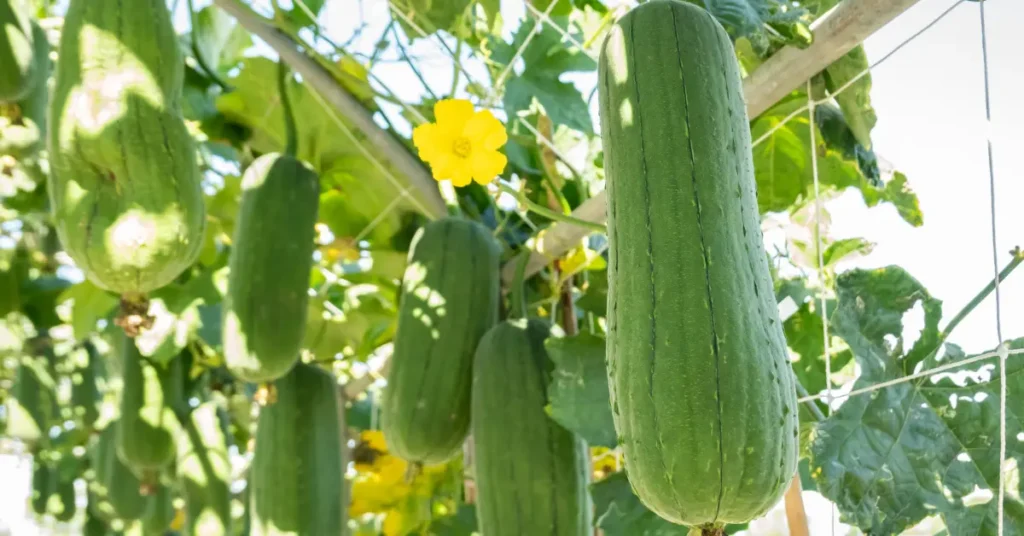
15. Lanzón
Lanzón, also known as corossol, is a fruit that starts with L and is native to the Philippines. It has a small, round shape with thin, brown skin and a white, custard-like flesh. Lanzón is often eaten fresh or used in desserts and drinks. The fruit is believed to have medicinal properties, particularly in treating coughs and fevers.
16. Lakoocha Fruit
Lakoocha fruit, also known as Singhara, is a fruit that grows on a tree native to India and Pakistan. It has a large, brown fruit with a spiky exterior and a white, fleshy interior. The fruit is rich in vitamins and minerals and is often used in cooking, particularly in Indian cuisines. It is also used in traditional medicine for its anti-inflammatory and diuretic properties.
17. Lima Bean
Lima bean, also known as butter bean, is a legume that starts with L and is widely consumed in many parts of the world. It has a flat, kidney-like shape and a creamy texture. Lima beans are rich in protein, dietary fiber, and other essential nutrients. They are often used in soups, stews, and casseroles and can be eaten fresh or dried.
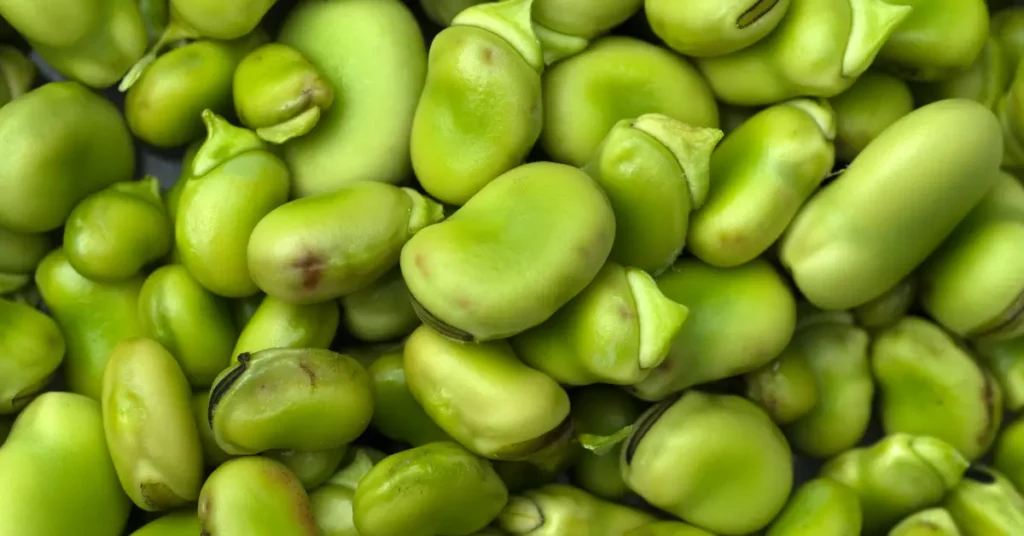
Conclusion
There are lots of delicious fruits that start with L, from familiar favorites like lemon and lime to exotic varieties like lanzones and loquat. These fruits not only taste delicious but also offer various health benefits. So next time you want to try something new, consider giving one (or more) of these L fruits a try.
FAQs
Q: Are all citrus fruits related?
All citrus fruits, including lemons, limes, and oranges, are part of the Rutaceae family. They are closely related and share similar characteristics, such as having a juicy interior and high vitamin C content.
Q: Are all fruits that start with L edible?
No, not all fruits that start with L are edible. Some may be inedible due to their taste or toxicity. It is essential to do proper research before consuming any unknown fruit.
Q: Can I eat luffa fruit?
Yes, luffa fruit is edible, particularly when young and green. The flesh has a mild flavor and can be eaten cooked or raw.
Q: Which L fruit is the most nutritious?
Many L fruits are rich in vitamins, minerals, and antioxidants. However, ounce-for-ounce, lulo, and lucuma are the most nutritious, with high amounts of vitamin C and other essential nutrients.
Q: Are Lanzón and Lanzones the same fruit?
Yes, Lanzón and Lanzones are the same fruit. They are known by different names in different parts of the world.

